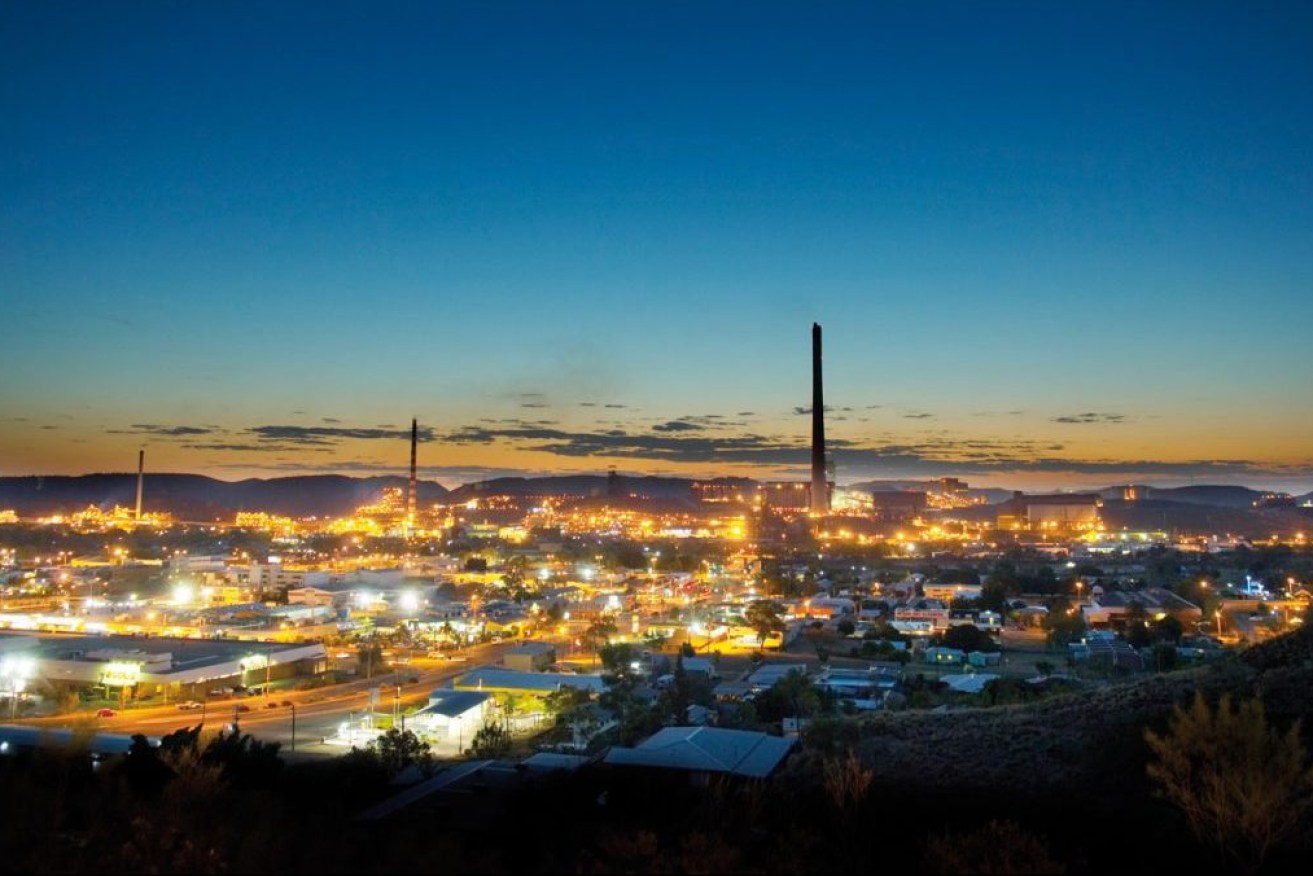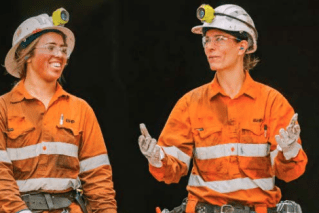How the heartland of Queensland’s green economy is a shattered dream
It’s more than a little ironic that Mt Isa, a town at the centre of what is supposed to be the heartland for the minerals needed for a green energy transition, is about to go through a trauma of a deeply fractured economy when Glencore shuts its copper mines.


The Mt Isa copper mines will close in 2025
On the very same day this was announced, Whitehaven sealed the deal on a $5 billion to $6 billion acquisition for two coking coal mines from BHP’s joint venture with Mitsubishi. Demand for coal, even the stuff we use for steel production, is supposed to be dwindling, but Whitehaven is already tipping growth and expansion.
All that copper, cobalt, zinc and lead, all the stuff Mt Isa is sitting on, is supposed to be vital for the future. It’s crucial for all the components in technology and wind farms.
This week, Forbes magazine quoted Glencore’s chief executive Gary Nagle as saying: “The world just doesn’t get it. It doesn’t understand that a massive copper deficit is coming.”
The north west minerals province, of which Mt Isa is the heart, is supposed to have $500 billion of mineral resources waiting to be exploited.
Yet, here we are with the city of Mt Isa looking down the road at a bleak future.
What a mess.
The crucial issue here is not the irony of green minerals versus coal, but the apparent lack of action by business, Mt Isa’s leadership and to a lesser extent, the Government over the Glencore issue.
How could it have got to this? Where was the planning? Why isn’t someone exploiting the riches out there?
It’s complex, is usually the answer.
The depletion of the copper resource at Mt Isa has been coming for a long time. Six years ago I was in Mt Isa and it was seemed pretty obvious even then, but locally there was always this belief that more ore will be found and Mt Isa would be safe, because it always had been.
Mt Isa MP Robbie Katter says that was the message from Glencore management, as well. There’s 10 or 15 years left, Katter was told.
Glencore also played political games over the years. It used its position in Mt Isa to prise concessions out of the Government so there was always a belief that if Glencore said Mt Isa was in trouble than it was just playing an angle.
Not this time. Glencore is not asking for any concessions or subsidies. The copper mines will shut in 2025 and 1200 jobs are affected.
But locals, led by Katter, think they have been misled and that’s why nothing much was ready for the closure. That’s why Katter wants Glencore gone from Mt Isa, for allegedly mismanaging the issue, for misleading everyone, for being a bad miner.
The local business community is still putting on a brave face, but the impact of losing 1200 jobs in a town of less than 20,000 is significant.
One possible outcome is that it will flow on into retail and other consumer goods and mean potentially more job losses. Real estate will likely be hit, property prices could fall over time and any banks will be casting a sceptical eye over businesses.
One source, with close links to the issue, said the Glencore decision meant the town was facing the prospect of becoming dependent on social security, which would be a disaster.
Katter doesn’t think that’s likely. There is still the lead and zinc business and smaller mines around the city, but if the copper smelter shuts then a domino effect is possible. The acid plant would be in trouble, which would flow on to the fertiliser businesses downstream and create more economic heartache.
Worst of all, workers will leave now because they know now that their tenure is limited. Even those not in the copper business will be looking at what Glencore did last week and probably think that the same could happen to other areas of the business.
There are plenty of jobs in mining elsewhere and once the city loses those people they won’t come back.
What the impact will be on the $5 billion CopperString transmission project, which is primarily to deliver electricity to Mt Isa and boost the expansion of the minerals district, seems to be a question yet to be answered.
The impact of the decision by Glencore has to mean that Queensland makes some serious inroads into how regional towns will also deal with the transition to renewables because mines will close elsewhere when gas and coal shuts down.
Regional towns have to be better prepared than Mt Isa was.
We have already seen ,with the delays in getting the Acland coal mine expansion approved, how the loss of a major employer can impact a small community.
A report released yesterday also showed how workers from the closed coal-fired power stations never received the same pay again. In many cases it was 50 per cent less.
In the Acland case, workers left to find jobs elsewhere.
UQ economist John Quiggin said the impact on Isa will be significant and according to the Grattan Institute, regions like Mackay and surrounding areas in central Queensland, and the Hunter Valley in NSW are areas that will be affected by coal’s long goodbye and need to prepare.
“It’s hard to see anything that is going to smooth the adjustment. It is a town of 20,000 people and if you lose 1000 jobs then you have a big impact,” Quiggin said.
“This is a harder problem than the transition to renewables. If you look at the Bowen Basin those locations are well placed for solar and there is tourism.
“It’s going to be quite a difficult adjustment problem.”
“There will be a flow-on effect in jobs in the town. You are a long way from anywhere. The prime source of income is the mines so if 1000 people are leaving, shops close, schools close down, lots of those sorts of things.”
Glencore said it was committed to Mount Isa and the long-term future of its operations.
“We’re continuing to invest in Mount Isa Mines, including $60 million in exploration in 2023-24 and investigating potential future projects,” the company said.
“We will continue to operate our George Fisher Mine, with a current life of mine to 2036, our zinc-lead concentrator and our lead smelter. Our copper smelter will continue to play an important role in supporting a number of junior and mid-tier mining companies across the north-west minerals province.”












